Prosthetic Services
Silicone artificial fingers and hands may be needed due to:
Persons with lower limb amputation or limb difference may use a prosthetic leg to mobilise and enjoy the lifestyle they need as well.
Prosthetic legs come in different designs, depending on individual preference, like the amputation level, residual limb length and size, skin integrity, activity level, body weight, wants, needs etc.
Amputation or limb difference levels include the following:
- Below-knee,
- Above-knee,
- Knee disarticulation,
- Proximal Femoral Focal Deficiency,
- Ankle disarticulation,
- Hip disarticulation and Partial foot.
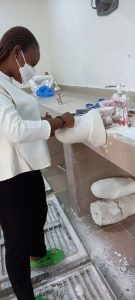
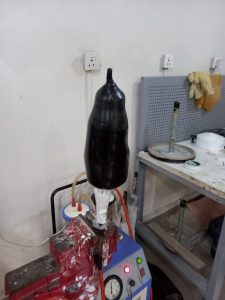
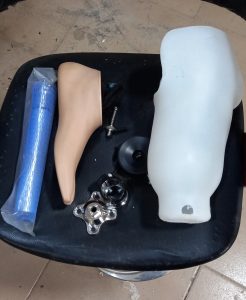

Prosthetic legs are generally made up of a socket, basically custom-made to the person’s residual limb, prosthetic components (such as a prosthetic knee or prosthetic foot) and connective components, that join the socket and components together. A mould or plaster cast is taken of the individual’s limb, which is then modified, to achieve this custom socket shape.
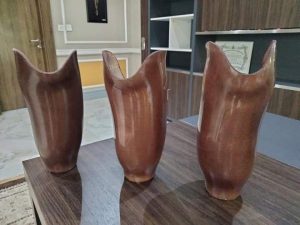
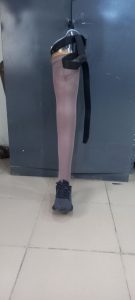
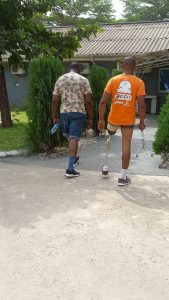
USAGE
The length at which a person wears their Prosthetic leg is an individual decision, However, it is always recommended to remove your prosthetic leg overnight when sleeping. Some users may only use their prosthetic legs for short amounts of time during the day, and others may put their prosthetic legs on in the morning and not take them off until they go to bed at night.
Some individual may require prosthetic socks to maintain the fit and comfort of their prosthetic legs. Sock use is completely dependent on individual circumstances. Many amputees find their stump volume fluctuates during the day and they must accommodate these fluctuations by adjusting their prosthetic socks to suit. We have a variety of socks that enable you to keep the best fittings and be comfortable as well.
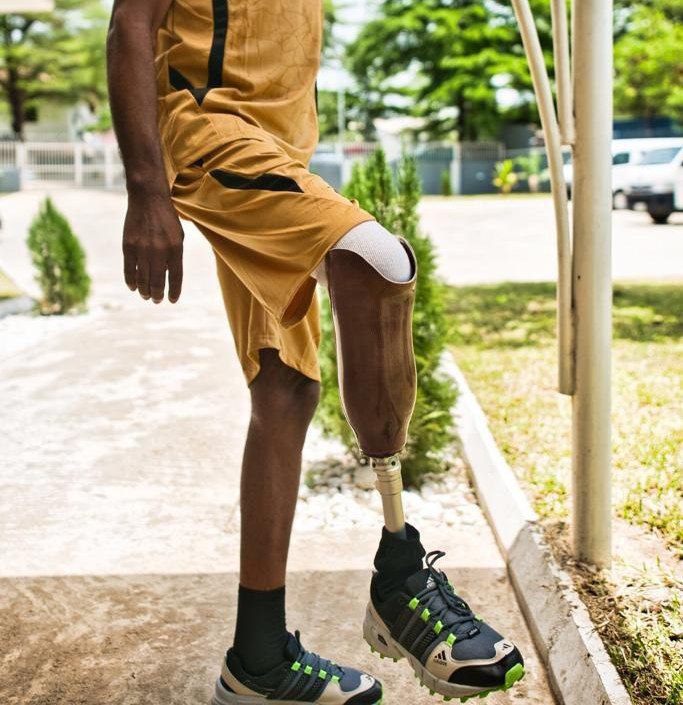
Prosthetic legs can come in a wide range of colours or designs. Many people choose a fabric or design that they like, which we then incorporate into the final lamination of the socket. Others prefer their prosthetic leg to look as cosmetic as possible, with a colour suited to their skin tone and foam cover shaped to look like their other limb covering their underlying prosthetic components. Some companies make 3D-printed prosthetic covers that can be fitted to your prosthetic leg.
For more information, visit us at 30 Majekodunmi Crescent Utako Fct-Abuja Nigeria.
